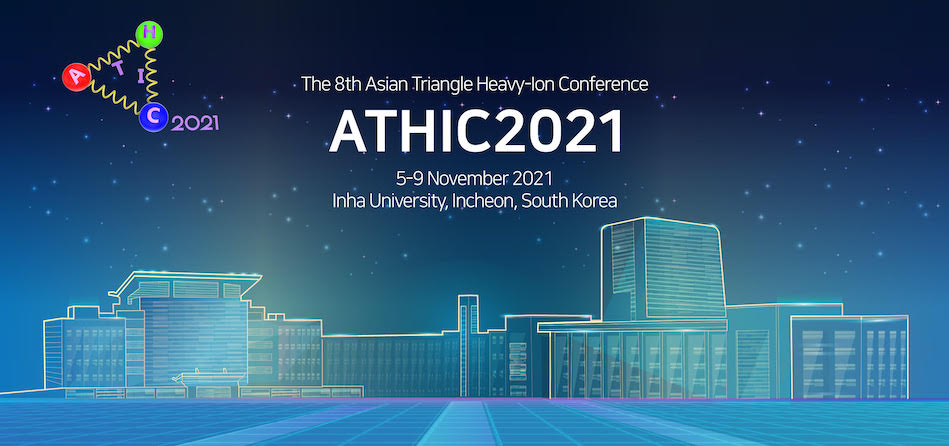Speaker
Description
We analyze the chemical equilibration by computing relaxation time of a gas of the SU(3) octet of pseudoscalar mesons at finite temperature and zero baryon chemical potential [1]. The amplitudes of all possible reactions in the system have been taken from next-to-leading-order chiral perturbation theory. The amplitudes are further unitarized using inverse amplitude method to calculate the cross-sections. This not only reproduces the correct behavior of cross-sections at low energies but also constrain the cross-sections to not grow indefinitely at large energies. With just 12 input parameters namely the pion decay constant ($f_\pi$), three masses ($m_\pi$, $m_\eta$, $m_K$) and 8 low energy constants, the amplitudes thus agree with the scattering data and generate resonances up to masses of about 2 GeV. Our results show that the relaxation time is large ($\sim$ 100 fm) near the chiral crossover temperature, $T_{CO}\approx 155$ MeV, and hence the system cannot remain in chemical equilibrium once it enters the chiral symmetry broken phase. The long relaxation time is directly related to the fact that these mesons are pseudo-Goldstone bosons of chiral symmetry breaking. Earlier calculations along this direction [2,3] based on non-unitarized cross-sections obtained a value of relaxation time which is about an order less than our results. Our results have immediate consequences for the chemical freezeout in heavy-ion collisions. It is argued that due to large relaxation time near $T_{CO}$ compared to typical timescale for expansion ($\sim$ 10-20 fm), chemical freezeout has to occur at the chiral crossover temperature.
References:
[1] S. Gupta, J. K. Nayak and S. K. Singh, Phys. Rev. D 103, 054023 (2021)
[2] J.L. Goity, Phys. Lett. B 319 (1993) 401
[3] C. Song and V. Koch, Phys. Rev. C 55, 3026 (1997)
